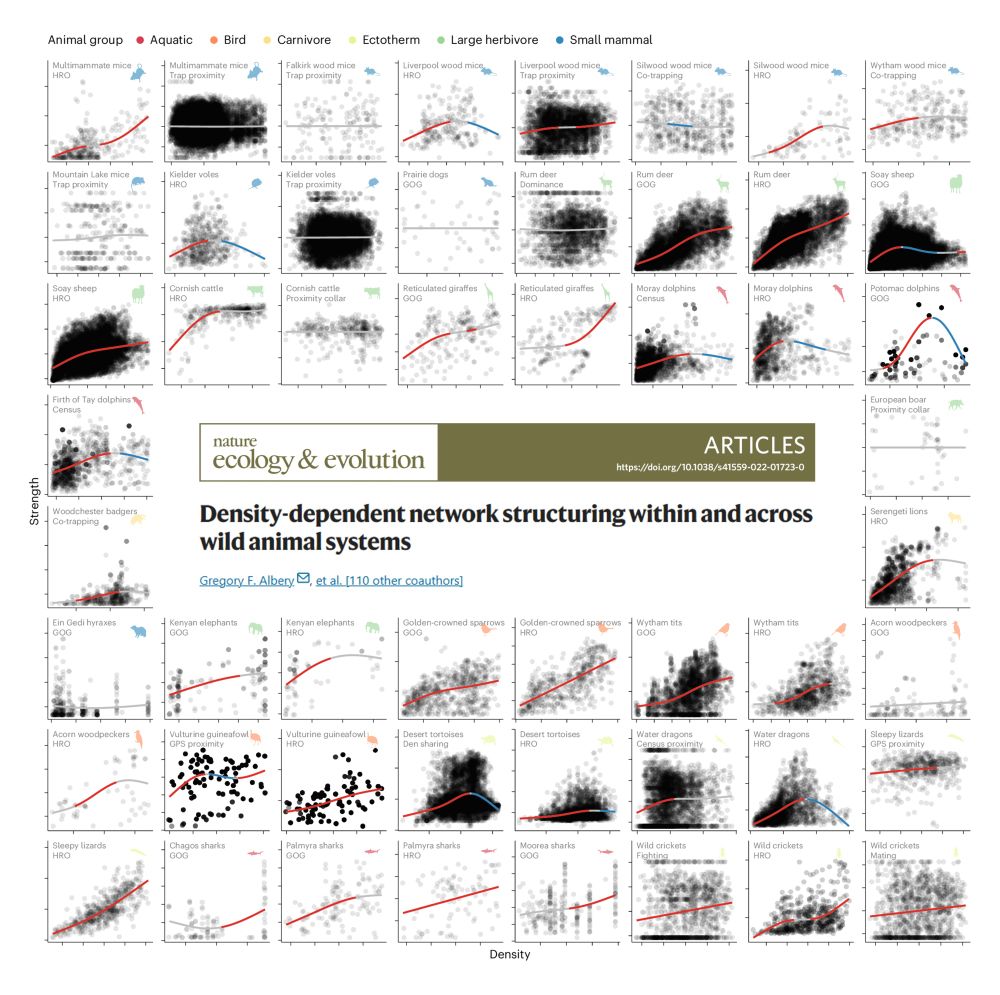


rdcu.be/epHE8

rdcu.be/epHE8


Network indicators of cultural resilience to anthropogenic removals in animal societies
comparative analysis with data from @amboselibaboonrp.bsky.social, @sb-dolphins.bsky.social and the Samburu Elephant Project
doi.org/10.1098/rstb.2024.0144

Network indicators of cultural resilience to anthropogenic removals in animal societies
comparative analysis with data from @amboselibaboonrp.bsky.social, @sb-dolphins.bsky.social and the Samburu Elephant Project
doi.org/10.1098/rstb.2024.0144

